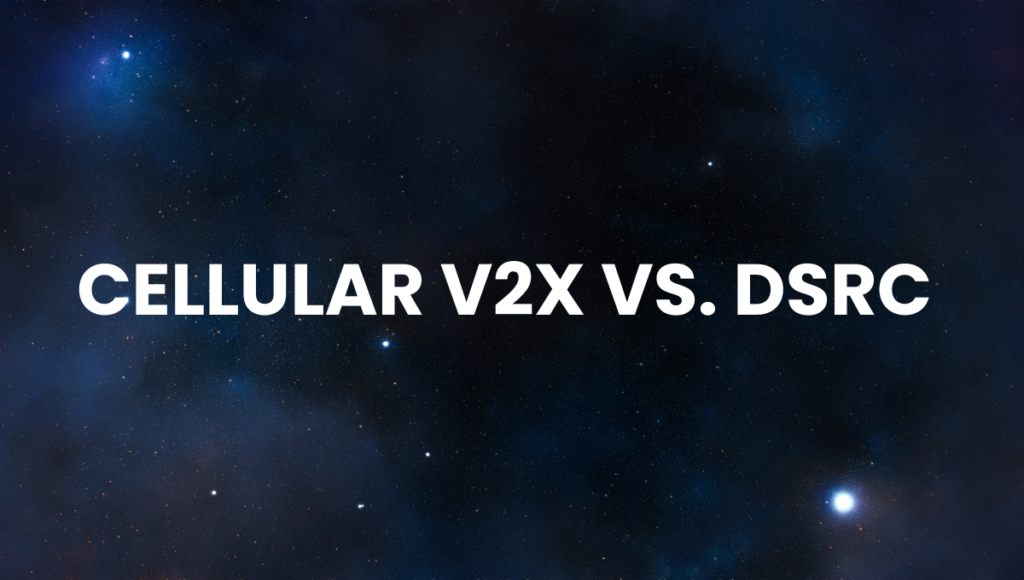As the concept of connected vehicles takes center stage, the technologies enabling communication between vehicles and their surroundings (V2X) are crucial. Two main contenders in this arena are Cellular V2X (C-V2X) and Dedicated Short-Range Communication (DSRC). While both aim to improve road safety and traffic efficiency, they differ significantly in their approach.
Understanding Cellular V2X (C-V2X):
C-V2X leverages existing cellular networks, like 4G LTE and the upcoming 5G, to facilitate V2X communication. Imagine vehicles sending and receiving real-time data using the same infrastructure that connects your phone. This approach offers several advantages:
- Wide Range: Cellular networks provide a broader communication range compared to DSRC. Vehicles can exchange information not just with nearby vehicles but also with distant infrastructure, like traffic lights or roadside sensors.
- Scalability: Existing cellular infrastructure is already widely deployed, making C-V2X a scalable solution that can be readily integrated into existing transportation systems.
- Seamless Integration: C-V2X utilizes existing cellular protocols, potentially simplifying integration with in-vehicle communication systems.

DSRC: A Dedicated Approach
DSRC, on the other hand, utilizes a dedicated short-range communication protocol operating on a specific radio frequency band. Here’s what sets it apart:
- Lower Latency: DSRC boasts lower latency (communication delay) compared to C-V2X. This can be advantageous for applications requiring real-time data exchange, such as collision avoidance systems.
- Simpler Technology: DSRC technology is considered less complex compared to C-V2X, potentially leading to lower implementation costs.
- Standardized Approach: DSRC has been around longer and has established standards, while C-V2X standards are still evolving.
Key Differences in a Nutshell:
| Feature | Cellular V2X (C-V2X) | Dedicated Short-Range Communication (DSRC) |
| Communication Technology | Cellular networks (4G LTE, 5G) | Dedicated radio frequency band |
| Range | Wider range | Shorter range |
| Scalability | Highly scalable | Requires dedicated infrastructure |
| Latency | Higher latency | Lower latency |
| Technology Complexity | More complex | Simpler |
| Standardization | Evolving standards | Established standards |
The Road Ahead: Choosing the Right Path
The choice between C-V2X and DSRC is a complex one, with both technologies having their strengths and weaknesses. Here are some factors influencing the future of V2X communication:
- Regional Preferences: Different regions might prioritize C-V2X due to existing cellular infrastructure or favor DSRC due to its established standards.
- Technological Advancements: As C-V2X technology matures and latency is reduced, it could become a more viable option.
- Cost Considerations: The cost of implementing and integrating V2X technology will play a significant role in its widespread adoption.
The Future of Connected Vehicles
The race for V2X dominance is ongoing, with both C-V2X and DSRC vying for a place in the future of transportation. It’s possible that a hybrid approach utilizing both technologies may emerge, offering the benefits of wider range and scalability from C-V2X combined with the lower latency of DSRC. Ultimately, the technology that best addresses safety concerns, efficiency needs, and cost considerations will pave the way for a truly connected and intelligent transportation system.